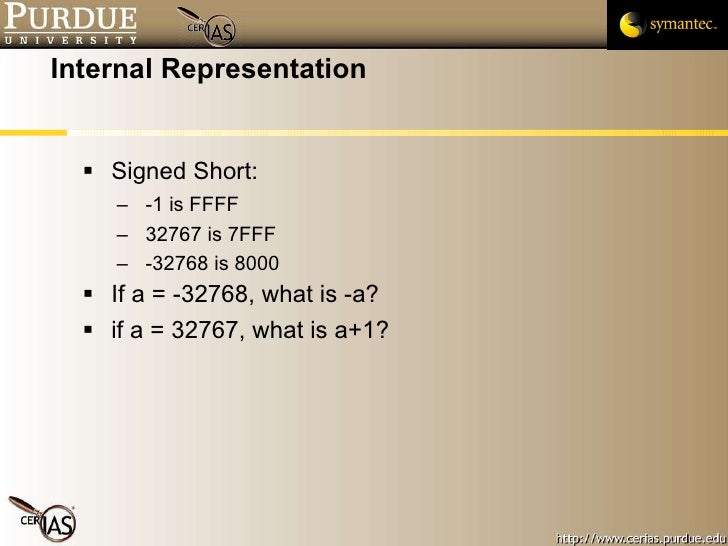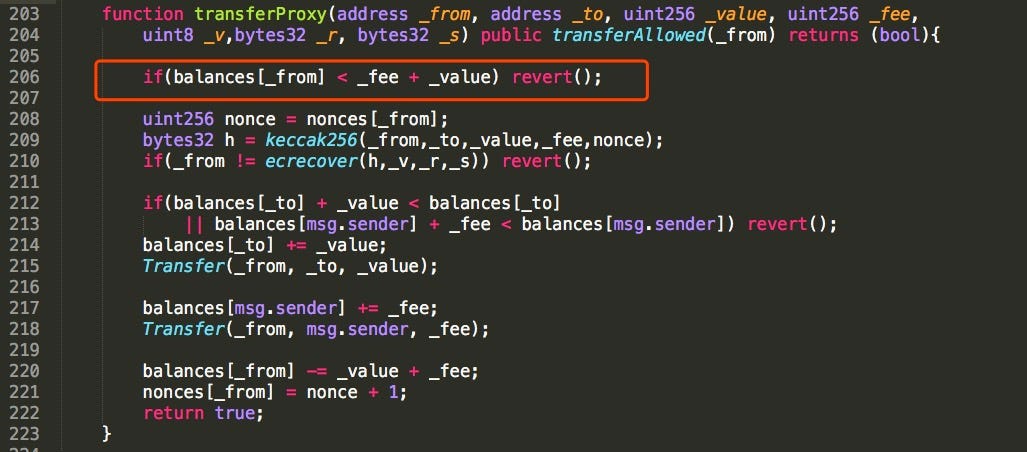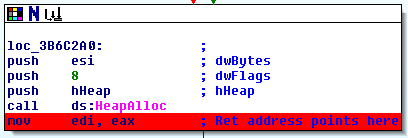

A signed int will look like this in binary sign bit (0 for positive, 1 for negative) | 31 bits. Let's assume 32-bit int and using two's complement. This happens due to a phenomenon called "signed integer overflow". What many machines will do in this specific UB is to turn c negative, which I guess is not what you wanted. Since c is a ( signed) int it means it will increment slowly to its max value, and after that the next increment would be UB (undefined behavior). The suggested workaround sum(as.numeric(.)) should do the trick.Your while condition will always be true, meaning the loop will run forever, adding 1 to c in each iteration.

Since in your case the warning is issued by sum, this indicates that the overflow happens when the numbers are added together.

You can get round this limit by adding floating point values instead. Machine$integer.max + 1L : NAs produced by integer overflow Machine$integer.maxĪdding a positive integer to this causes an overflow, returning NA. The largest integer that you can create on your machine is given by. You can specify that a number is an integer by giving it the suffix L, for example, 1L is the integer one, as opposed to 1 which is a floating point one, with class "numeric". This will not happen in the next release of R. It means that you are taking the mean [in your case, the sum - of some very large integers, and See the help pages ( ?integer and ?numeric) for further details.Īs to the overflow, here is an explanation by Brian D. In short, integer is an exact type with limited range, and numeric is a floating-point type that can represent a much wider range of value but is inexact. If there is coercion to NA values, there will be a warning. When reading in large values from files, it is probably safer to use character-class as the target and then manipulate. Unfortunately, the length of lists, matrix and array dimensions, and vectors is still set at integer.max. Maximum value for integers remains as it was, however, there may be coercion of integer vectors to doubles to preserve accuracy in cases that would formerly generate overflow. When an "integer" vector element is assigned a value in excess of '.Machine$integer.max', the entire vector is coerced to "numeric", a.k.a. The new versions of R (3.0.+) has 53 bit integers of a sort (using the numeric mantissa). There is a compiled language called Clojure (pronounced as English speakers would say "closure") with an experimental interface, Rincanter. On the other hand one of the earliest R developers, Ross Ihaka, suggests working toward development in a Lisp-like language. There was at one time a Lisp variant with a statistics package, Xlisp-Stat, but its main developer and proponent is now a member of R-Core. R was built by statisticians for statistics. But I would say that migration, and certainly growth, is in the R direction at the moment.
#Integer overflow how to#
Next, to respond to the critical comments in the answer you linked to, and how to assess the relevance to your work, consider this: If there were the same statistical functionality available in one of those "modern" languages as there is in R, you would probably see a user migration in that direction. There are alternatives, including arithmetic packages such as 'gmp', 'Brobdingnag' and 'Ryacas' package (the latter also offers a symbolic math interface). Martin Maechler is also heavily involved with the Matrix package development, and in R Core as well.

I recommend the 'Rmpfr' package because of its author's reputation.
#Integer overflow install#
If you want a "bignum" capacity then install Martin Maechler's Rmpfr package. Representable integers is restricted to about +/-2*10^9.Įxpanding to larger integers is under consideration by R Core but it's not going to happen in the near future. R uses 32-bit integers for integer vectors, so the range of You can answer many of your questions by reading the help page ?integer.


 0 kommentar(er)
0 kommentar(er)
